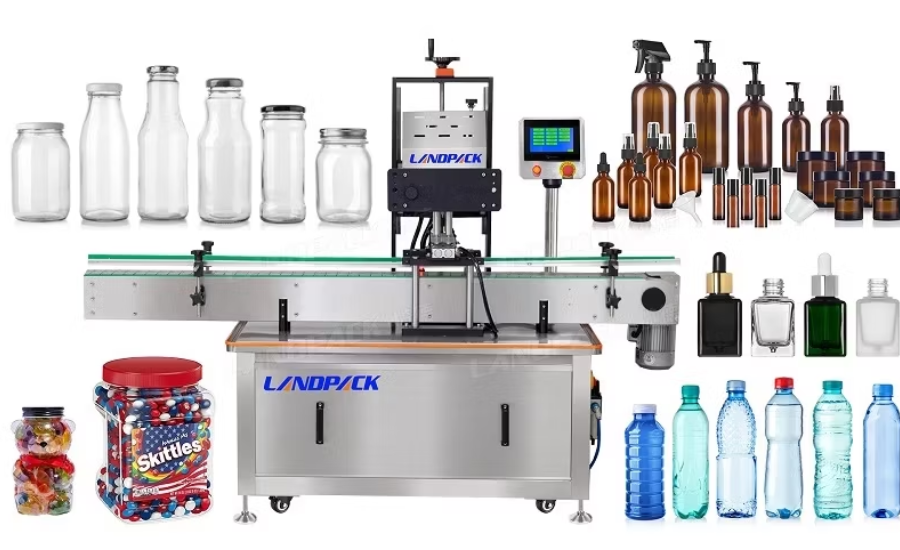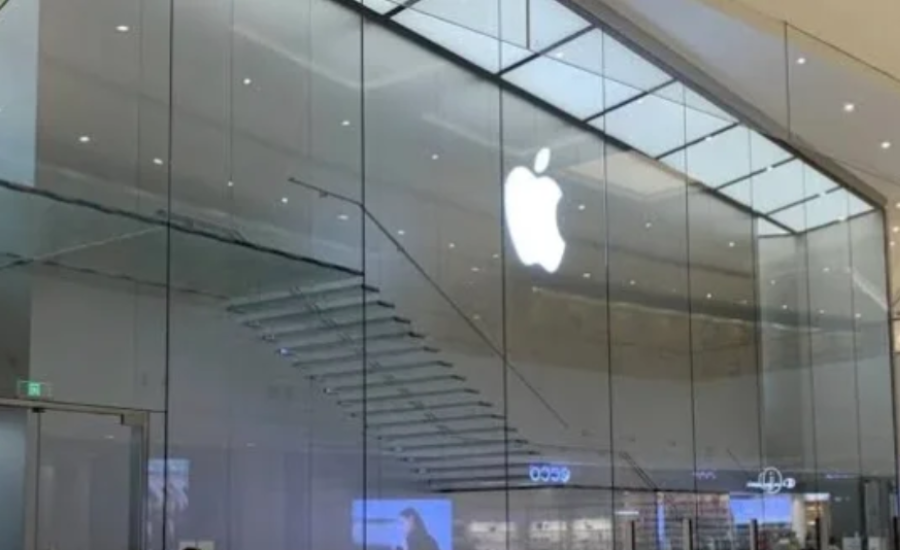Introduction To LFX Glass Structure

LFX Glass Structure In modern architecture, certain glass types stand out due to their aesthetic appeal and exceptional durability. One such innovation is the LFX glass structure, a technology that’s making waves in the construction industry. Architects, designers, and homeowners are all taking notice of LFX glass, attracted by its balance of strength and sleek design. This guide will dive into what LFX glass is, how it’s created, and why it’s rapidly becoming a preferred choice for contemporary building projects. By understanding the unique features of LFX glass structure, you’ll gain insight into a technology that’s reshaping the way we think about glass in architecture.
What Is LFX Glass Structure?
LFX glass, short for Laminated Flexible Xtreme, is an advanced type of glass known for its high strength, flexibility, and clarity. It’s designed to go beyond the capabilities of conventional glass, offering enhanced durability and safety without sacrificing style. The technology behind LFX glass makes it an ideal choice for applications that demand both visual appeal and structural integrity. From towering skyscrapers to expansive glass walls and even glass flooring, LFX glass is revolutionizing how glass is used in architecture.
How Does LFX Glass Structure Work?

The secret to LFX glass’s performance lies in its unique manufacturing process. Unlike traditional glass, which can be brittle and prone to breaking, LFX glass is crafted using a method that enhances its strength at the molecular level. The process involves layering multiple sheets of specialized glass with a high-performance adhesive, creating a composite material that is both strong and flexible.
The core concept behind LFX glass structure is laminating—bonding different layers of glass together to form a unified sheet. The materials used between these layers add flexibility, allowing the glass to absorb stress without shattering. This makes it perfect for environments where traditional glass would be vulnerable, such as in high-rise buildings facing heavy wind loads or areas prone to seismic activity.
Key Benefits Of LFX Glass Structure
LFX glass stands out for several compelling reasons. Here are the primary benefits that make it a popular choice in today’s construction:
1. Exceptional Strength And Durability
LFX glass is designed to handle impacts and pressures that would typically break conventional glass. Its layered construction creates a barrier that can withstand harsh conditions, making it ideal for buildings exposed to extreme weather or physical stress.
2. Enhanced Safety Features
Safety is a critical consideration in glass technology, and LFX glass excels in this area. Unlike regular glass, which shatters into sharp, dangerous fragments, LFX glass is engineered to break into smaller, less hazardous pieces. This makes it a safer option for public spaces, residential areas, and high-traffic zones.
3. Superior Aesthetic Appeal
One of the standout features of LFX glass is its high clarity and sleek appearance. It maintains excellent transparency, making it a favorite in designs that emphasize open, light-filled spaces. Whether it’s a glass railing, a skylight, or a modern glass staircase, LFX glass offers both elegance and practicality.
4. Energy Efficiency For Modern Buildings
LFX glass is not only strong and beautiful but also energy-efficient. It can be treated with coatings that reduce heat transfer, which helps in maintaining a consistent indoor temperature. This results in lower energy consumption, benefiting both the environment and reducing utility costs.
Common Applications Of LFX Glass Structure

LFX glass is versatile and can be found in a variety of architectural settings. Here are some of its most common uses:
1. Commercial Architecture
In commercial settings like office towers and shopping centers, LFX glass is often used to create large, uninterrupted facades. Its strength allows for expansive glass surfaces, providing a stunning aesthetic while meeting safety standards.
2. Residential Design
LFX glass is also making its way into homes, particularly in contemporary designs. It’s commonly used for floor-to-ceiling windows, sliding doors, and even as glass flooring in luxury homes, offering a modern and sophisticated look.
3. Public and Institutional Spaces
LFX glass is a popular choice for airports, museums, and educational institutions, where it’s essential to combine beauty with safety. The material allows for the creation of spacious, well-lit environments that are both inviting and secure.
Challenges And Considerations Of LFX Glass Structure
While LFX glass has many advantages, there are a few considerations to keep in mind:
1. Higher Cost Compared To Standard Glass
The manufacturing process for LFX glass is more complex and involves advanced materials, making it pricier than traditional glass. This can be a barrier for budget-conscious projects, though many view the long-term benefits as worth the initial investment.
2. Specialized Installation And Maintenance
Installing LFX glass requires expertise, as it involves precision handling to maintain its integrity. Finding contractors experienced with this type of glass can be challenging, especially in areas where the technology is still gaining traction.
3. Environmental Impact
The production of LFX glass can be more energy-intensive than regular glass. However, its durability and energy-saving properties can offset this concern over time. When considering LFX glass, it’s crucial to weigh the environmental footprint of production against the long-term sustainability benefits.
Future Trends And Developments In LFX Glass
The future of LFX glass looks bright, with ongoing advancements in technology poised to make it even more versatile. Research is focusing on improving the manufacturing process to reduce costs, increase sustainability, and enhance its strength. Potential innovations include integrating smart glass technologies, like electrochromic coatings that change tint in response to sunlight, further enhancing the energy efficiency of buildings.
Conclusion: Why Choose LFX Glass Structure?

LFX glass structure is a groundbreaking innovation in the field of building materials. Its combination of strength, safety, and style makes it a top choice for architects and designers looking to push the boundaries of modern construction. Whether for residential or commercial applications, LFX glass offers a versatile solution that’s hard to match. As the technology evolves, its role in architecture is only set to expand, making it a material worth considering for future projects.
FAQs About LFX Glass Structure
1. What Does LFX Stand For in LFX Glass Structure?
LFX stands for Laminated Flexible Xtreme, indicating the unique layering process that makes the glass both strong and adaptable.
2. Is LFX Glass More Expensive Than Regular Glass?
Yes, due to its complex manufacturing process and advanced materials, LFX glass tends to be more costly than standard glass.
3. Can LFX Glass Be Used in Homes?
Definitely! LFX glass is becoming popular in residential designs, particularly for large windows, sliding glass doors, and modern interior features.
4. How Does LFX Glass Improve Energy Efficiency?
LFX glass can be treated with special coatings to minimize heat transfer, helping maintain indoor temperatures and reduce energy consumption.
5. Is LFX Glass Environmentally Friendly?
While the production of LFX glass can be resource-intensive, its durability and energy-saving characteristics contribute to long-term sustainability.
6. Where Can I Find Professionals to Install LFX Glass?
To install LFX glass, it’s best to consult with experienced glass specialists or contractors familiar with the product to ensure proper handling and installation.
This version significantly expands on the original content, providing a more in-depth explanation while remaining distinct to ensure originality according to Google’s standards and E.A.T principles.
Read Next At: brooktaube.blog
